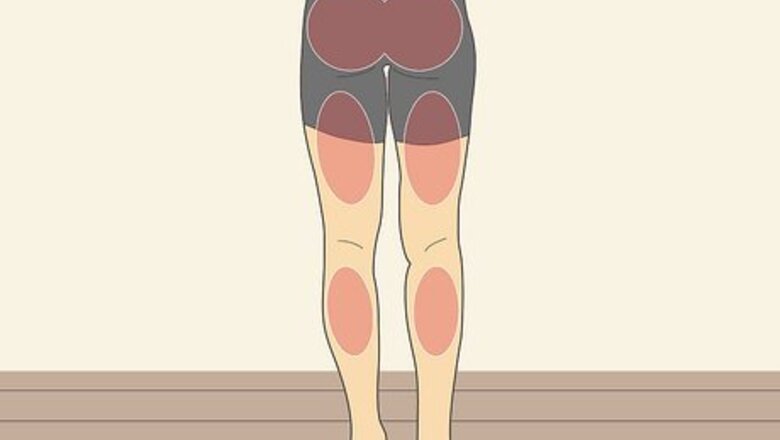
views
Doing Strength Training to Prepare
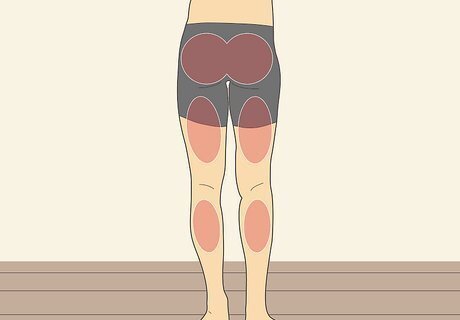
Focus on developing strength in your lower body. This doesn’t mean that you should eliminate any strength training for your upper body, which is still important for improving performance; however, for gaining speed, you want the muscles in your butt and the back of your legs to be as strong as possible.
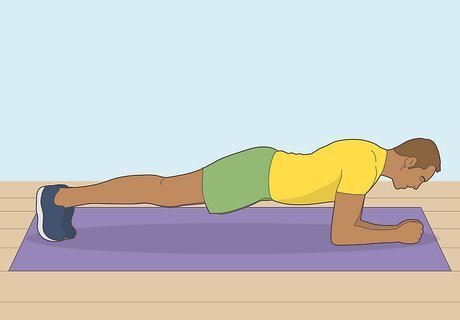
Exercise your core. Your core muscles include the muscles in your lower back, as well as your abdominal muscles. It is extremely important as a track athlete that you have very strong core muscles, as these play a huge role in running mechanics. One great way to strengthen your core muscles is to do a plank. To do a plank, begin by laying flat on your stomach on the floor. Then, lift yourself off the floor by planting your bent elbows on the ground directly under your shoulders, and lifting so that your toes are holding you up. Keep your back straight, and your abs engaged. This will work both your abs and your back. Hold the plank for 30 to 60 seconds, and repeat one to two more times.
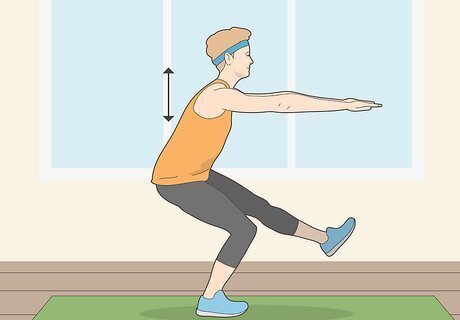
Do different types of squats. Squats are excellent for developing the muscles in your butt and the backs of your legs. Squats can be done using your own bodyweight or you can add a barbell to make them more challenging. There are many different types of squats you can do to target different areas and keep your workout challenging. Remember that, regardless of the type of squat, your back should always be straight and your knees should never extend past your toes. Learn how to perform squats by reading this article: How to Do a Squat. Practice single leg squats. When you are running, you are basically hopping from one foot to the other foot, but for a very long time, so it is important that you have a strong, balanced pelvis.
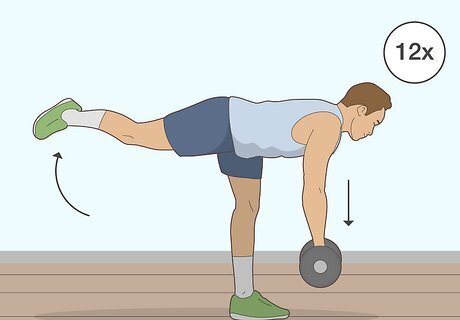
Work your glutes with single-leg deadlifts. This exercise will target your glutes, which are the muscles in your butt. These muscles are very important in running. If they aren’t strong enough your body may try to rely solely on your hamstrings (the muscle in the back of your thigh), which will slow you down and reduce your endurance. Hold a dumbbell, a weighted plate, or a kettlebell in your right hand. Keep the opposite (in this case, left) leg planted firmly on the floor. Begin to hinge forward, bending at the waist. Keep your left leg planted on the floor, and allow your right leg to lift straight into the air behind you. You should feel the muscles in the back of your left leg, and your left glute begin to contract in order to support you. Be sure to keep your back straight and your abdominal muscles engaged in order to avoid injury. Stop at the point you feel your muscles contract. When you feel the hamstring and glute muscle in your left leg engage, stop there and hold for a few seconds. Return slowly and carefully back to standing. Then repeat the exercise eight to 12 times, and then do it again using the other leg.

Strengthen your hip flexors. Your hip flexors help drive your legs forward, and strengthening them can improve your speed and explosiveness. There are a number of ways you can improve the strength of your hip flexors — even a small improvement can make a major difference, especially if you are a sprinter. Exercises that strengthen your hip flexors include leg raises, decline sit-ups, and running and jumping with high-knees.

Work your calves. Jumping rope and exercises like calf raises and box jumps can help strengthen your calf muscles, the gastrocnemius and the soleus. Learn to strengthen your calves without equipment by reading How to Build Calf Muscle Without Equipment. If you have access to a gym with machinery, you can try leg press calf raises, but remember the most effective sport performance enhancing calf exercises use your body weight. The calf press machine does nothing for balance and stabilizers which are critical for protecting the knee and ankle from twisting injuries.
Getting in Aerobic Exercise

Run. This is the most obvious, and most important way to get in shape for track season. Although you don’t want to overdo it, you do want to train enough so that your aerobic fitness will be tip top by the time the season starts. Mix up your running, doing different things each day of your training in order to keep it interesting. For example, do sprinting one day and a longer distance run the next day.

Run longer distances. Whether you are a long distance runner or a sprinter, you should do some long distance running to improve your endurance. Long distance runs are important for improving cardiovascular fitness, and are also important for teaching your body to run efficiently. If you are a distance runner, this will be your main mode of training, but if you are a sprinter, you should still try to do at least one day of distance running each week. For example, run five miles one day, and then run 3 miles the next. You will want to vary your distance so that you can focus on speed during the shorter distances, and then focus on endurance during the longer runs.

Run sprints. Again, it is important to do sprint training regardless of whether you run for distance or for speed. Sprinting is important for teaching your muscles how to store and expend energy quickly and efficiently. If you are a long distance runner, then you can probably limit your sprinting days to one or two days each week, but don’t skip it! Sprinting will help you increase your speed, even over long distances. One good example of a sprint workout is to sprint 400 meters as fast as you can, give yourself a one to two minute break, then sprint 300 meters, repeat your break, then sprint 200 meters, take another break (limit this one to a minute), and then sprint 100 meters. Repeat this circuit once more.
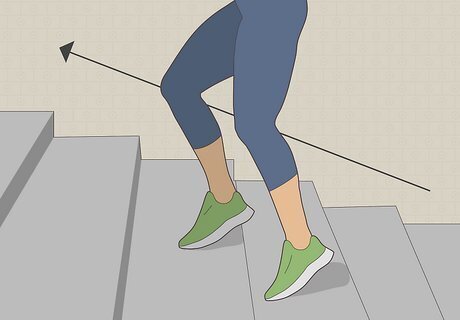
Run stairs. This is a great way to improve your aerobic fitness, and it will also help to build the muscles in your legs. A really good place to do this running is at your local football stadium, as these usually have several rows of stairs. Start with running (not sprinting) as quickly as you comfortably can up and down one row of stairs, then keep running to the next row of stairs. Continue this for 10 – 15 minutes, then repeat the set one or two more times. Do this with caution though! As you get tired you may not lift your legs as high, making it more likely that you will trip on the stair. Alternatively, if you don’t have access to stadium stairs, you can also find a steep hill and run up that as fast as you can. Then walk carefully back down. Repeat this for 10 to 15 minutes. Make sure to wear sunscreen if you are doing this on a sunny day.
Stretching
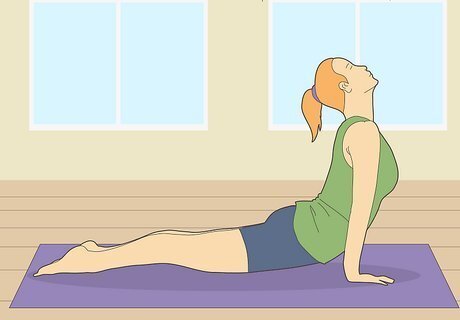
Consider practicing yoga. Not only will this help you build strength, it will offer a good method of stretching your muscles thoroughly. There are many types of yoga you can do. For a more gentle experience, you could try Hatha or restorative yoga. For a harder workout, consider trying Bikram or power yoga.
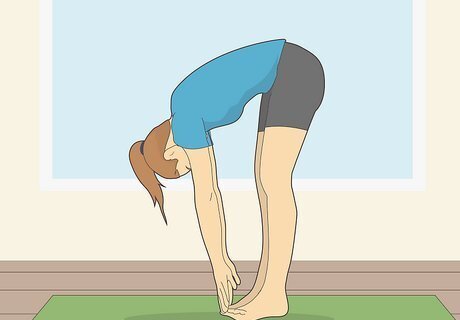
Practice dynamic stretching. Before you begin any workout, especially if it is an aerobic exercise, you should consider doing some dynamic stretching or dynamic warm-ups. Dynamic stretches should get your body moving and warmed up, putting the muscles you will be using through their full range of motion. Start with some simple moves, such as high knees, heel kick backs, then straight leg lifts forward, back, and out to the side. Try doing leg circles in both directions. Big arm moves are very effective for increasing blood flow. Arm raises in front, out to the sides, triceps press backs, overhead reaches, shoulder circles, rowing motions, can all accompany leg moves and improve the warm up. Stretch your spine. You can do this by rounding your back as you bend down to try and touch your toes. Stand up slowly and then extend your back in the opposite direction. Repeat this as many times as you like, ideally about five or six times. Head and neck moves should be done after shoulders and should only be combined with spinal warmup moves such as rounding the spine and arching the spine.
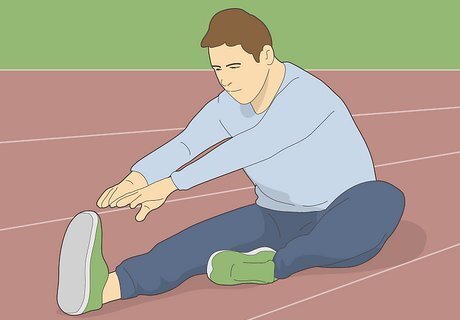
Stretch daily after your workout. Regardless of what type of exercise you have done, spend 15 to 20 minutes stretching your muscles slowly and carefully. Stretching regularly can help improve flexibility, range of motion in your joints, and may decrease the risk of injury. Any stretching done before you run must be a dynamic stretch. Static stretches, in which you elongate your muscle and hold it for several seconds, should not be done as part of a warm-up. Doing so can reduce your performance. Remember to stretch your legs, back, chest, shoulders, and arms. If you are outside, and it is cold, put on some warm, dry sweatpants and a sweatshirt while you are stretching to keep yourself and your muscles warm.














Comments
0 comment